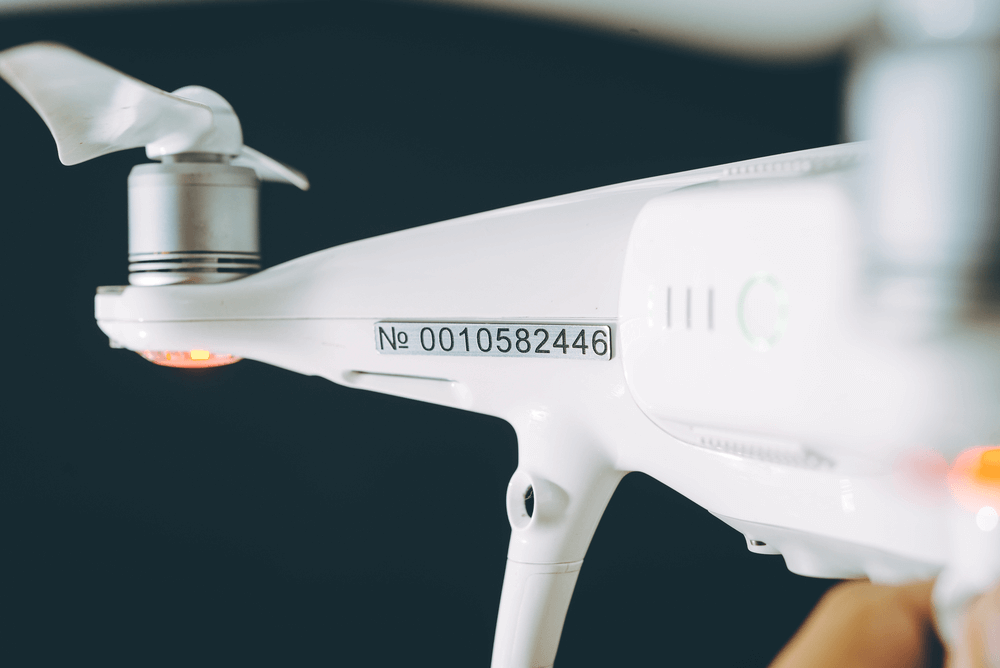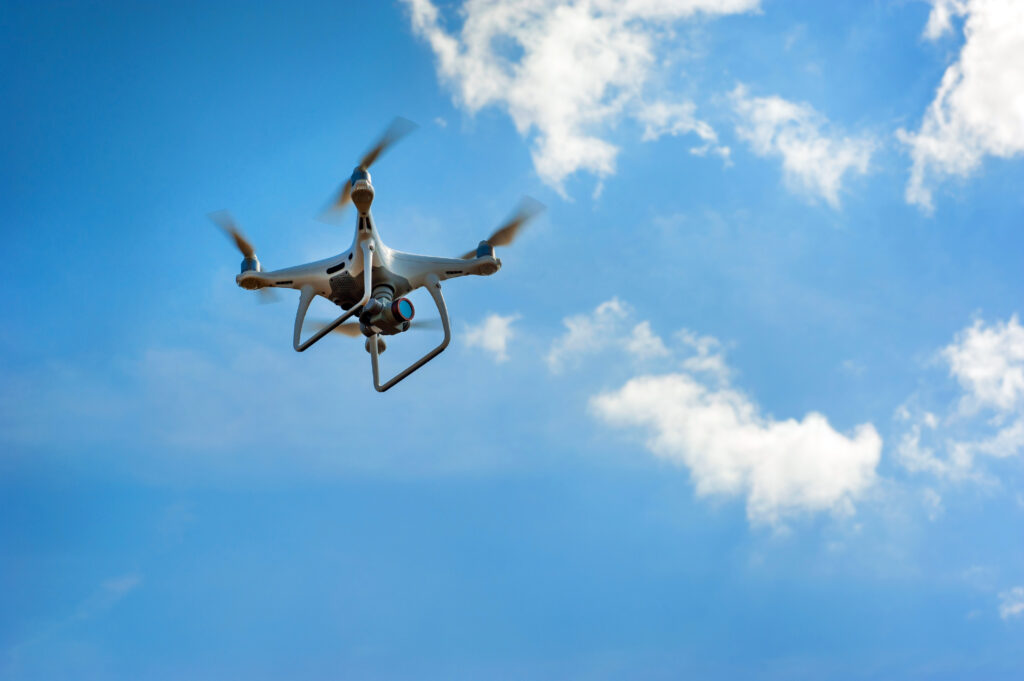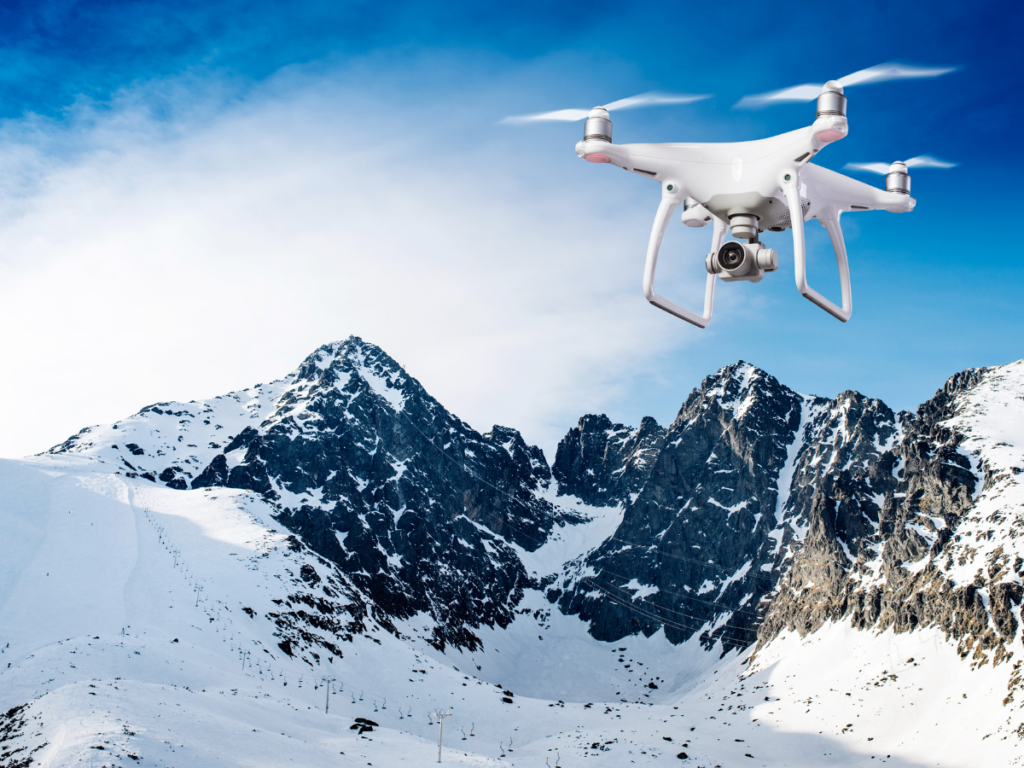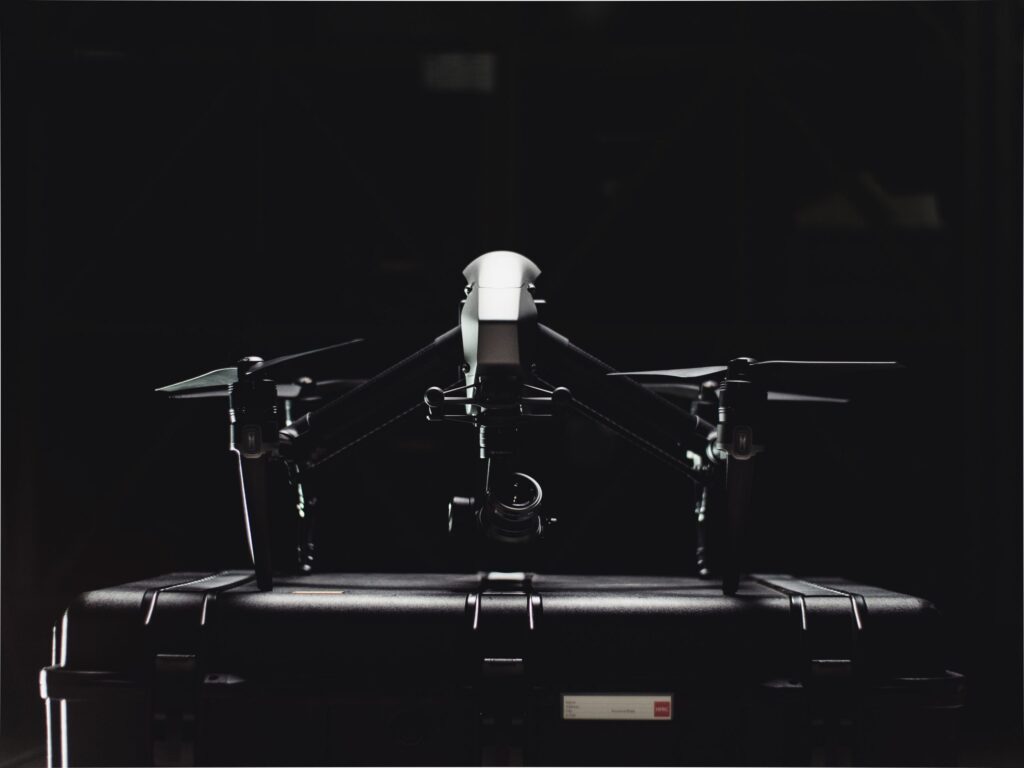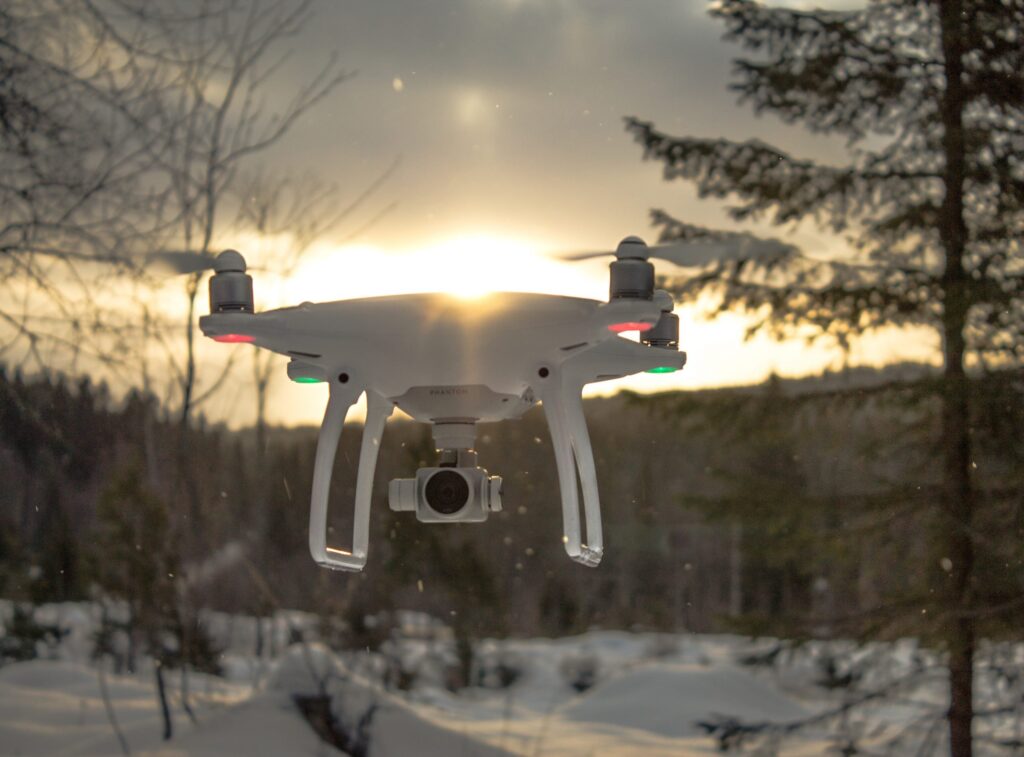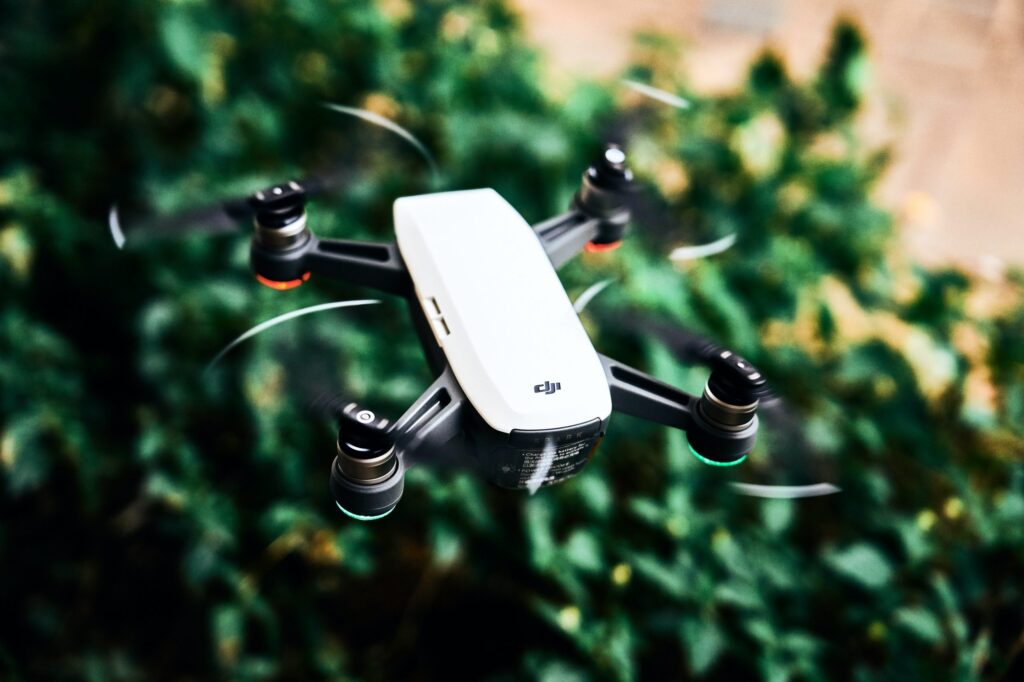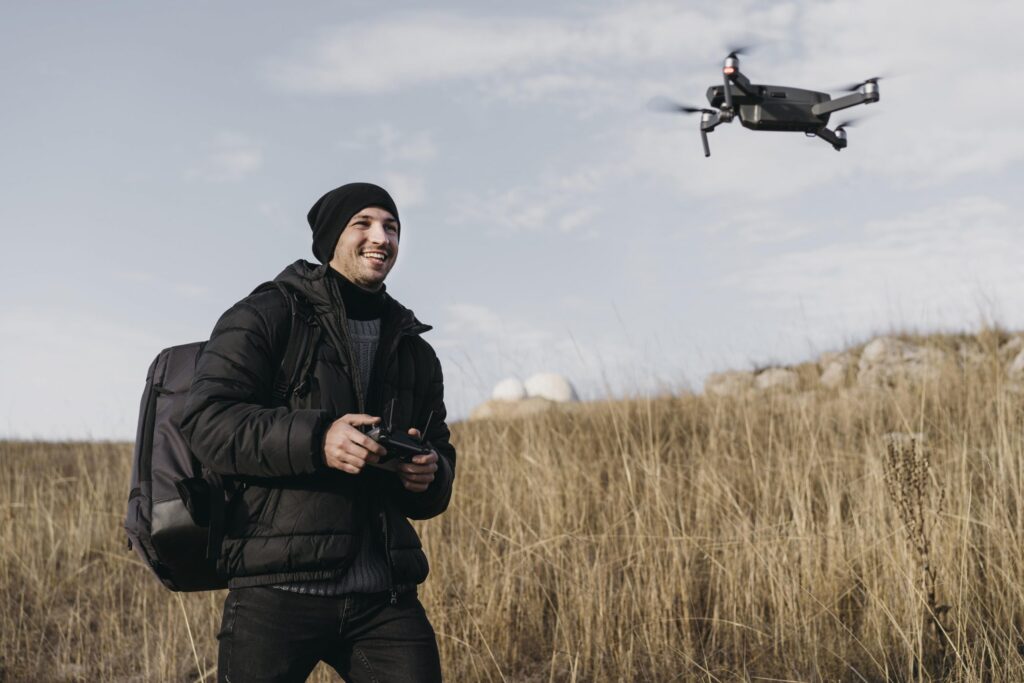Just got your first drone but don’t know where to start? No worries; we’ve got you covered! Though flying a drone can be a lot of fun, a great way to get bird’s-eye-view photos and videos to share with family, friends, or clients, and a useful method of performing agricultural tasks, there are definitely some guidelines that you need to follow if you’re going to operate your drone according to the rules and regulations. Many of these guidelines often go unspoken, but they’re nonetheless vital to flying your drone safely and legally. Here are five rules for drone flying that everyone ought to know.
5 Unspoken Rules for Drone Flying
Rule #1: You Need to Register Your Drone
Before you start flying your drone, you must have it registered with Transport Canada. Once you’ve done that, you’ll need to mark your drone with the registration number.
Rule #2: You Must Pass An Exam
One of the biggest rules for drone flying is that you must pass the appropriate exam before taking to the skies. There are two kinds of exams, and which one you need to take depends on where and how you plan on flying your drone.
Small Basic Exam
If you plan on flying your drone in uncontrolled airspace and more than 30 meters horizontally from any bystanders, then you will need to take the Small Basic Exam. It consists of 35 multiple-choice questions, and you’ll have ninety minutes to complete it. A score of 65% is needed to pass. You are given the results immediately after completion, and if you fail, you’ll have to wait 24 hours before you can try again. The good news is you can take the exam as many times as you need to.
Small Advanced Exam
If you plan on flying in a controlled airspace, over bystanders, or within 30 meters horizontally of bystanders, then you will need to take the Small Advanced Exam. It consists of 50 multiple-choice questions, and you’ll have an hour to complete it. For this one, you’ll need a score of 80% of higher to pass. Like the Small Basic Exam, however, you will be given the results immediately and can retake it after one day. You can also take this one as many times as necessary as well.
Whichever exam you’re taking, it’s a superb idea to take a drone training course so you’re up to speed on all the rules for drone flying!
Rule #3: Know Where You’re Flying
When you finally get your drone off the ground, it’s important to have an idea of where you’re going with it. Survey the area before lifting off so you’re aware of any obstacles that could cause problems. You could make a rather pricey mistake if you don’t!
Rule #4: Keep It Where You Can See It
This is one of the biggest rules for drone flying. If you don’t want to damage your drone, inflict property damage, or injure another person, it’s a good idea to have an eye on your drone at all times. You may regret it otherwise.
Rule #5: Have Your Certification On You When Flying
Unless you want to get in trouble with the law, keep your certification on your person every time you fly. Flying a drone is supposed to be fun; don’t kill the buzz by getting yourself fined!
Conclusion
If you’ve just got your first drone and are wondering what you need to know before you fly, then these rules for drone flying should be a tremendous help. Get your drone registered, get certified, and when you finally do take to the skies, make sure you’re doing so safely. Happy flying!

